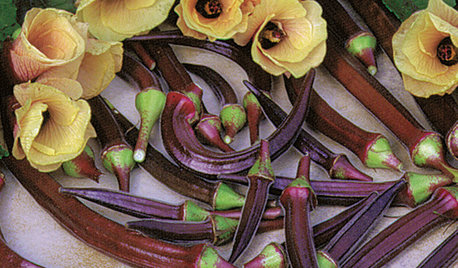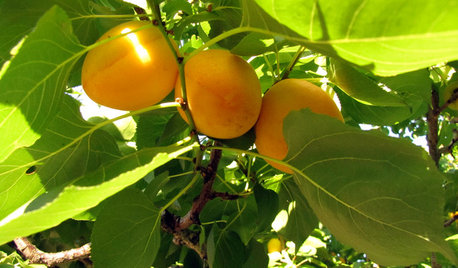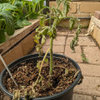verticillium wilt??
nootay
13 years ago
Related Stories

LANDSCAPE DESIGN7 Great Trees for Summer Shade and Fall Color
These landscape-pro faves straddle the seasons beautifully. Could one enhance your own yard?
Full Story
LANDSCAPE DESIGNPretty Trees for Patios, Paths and Other Tight Spots
Choose trees for their size, shape and rate of growth — or shape them to fit your space. Here's how to get started
Full Story
EDIBLE GARDENSSummer Crops: How to Grow Tomatoes
Plant tomato seedlings in spring for one of the best tastes of summer, fresh from your backyard
Full Story
GARDENING GUIDESSummer Crops: How to Grow Okra
Go for the gumbo with this quick-growing edible that brings colorful pods and delicate flowers to a summer garden
Full Story
EDIBLE GARDENSHow to Grow Your Own Apricots
Velvety fruit, pretty blossoms and interesting bark make apricot trees a delight — and they’re great for smaller gardens
Full StoryMore Discussions







torquill
jean001
Related Professionals
Arnold Landscape Architects & Landscape Designers · Ashburn Landscape Architects & Landscape Designers · Burlington Landscape Contractors · Natick Landscape Contractors · Oxnard Landscape Contractors · Tacoma Landscape Contractors · Tigard Landscape Contractors · West Orange Landscape Contractors · Bethany Siding & Exteriors · Farmington Siding & Exteriors · Lawrenceville Siding & Exteriors · Millburn Siding & Exteriors · St. Louis Siding & Exteriors · Woodbridge Siding & Exteriors · Fountain Hills Outdoor Lighting & Audio Visual SystemsnootayOriginal Author
jean001